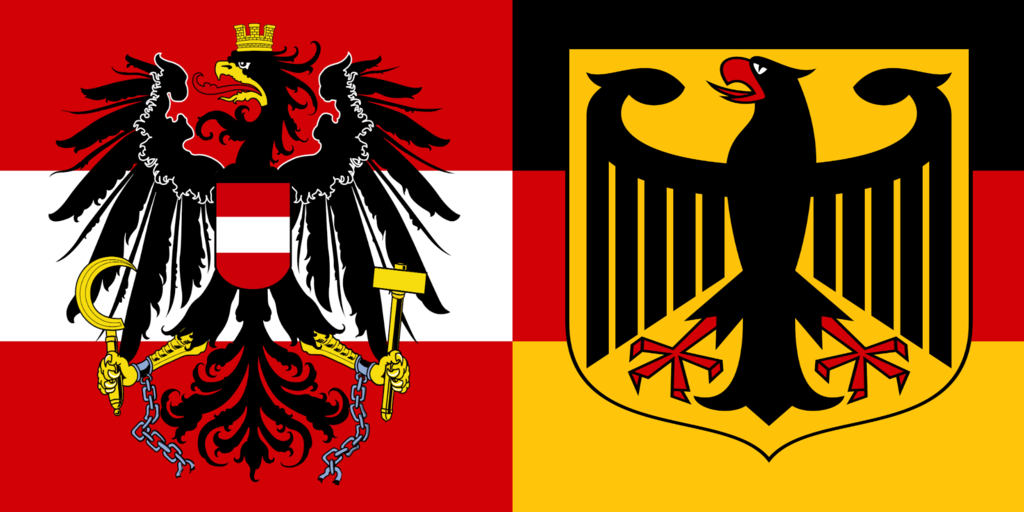The policy of territorial enlargement by means of warfare, atrocities, massacres, enforced deportation carried out by Armenia against Azerbaijan in 1988 culminated with the occupation of Nagorno-Karabakh and seven provinces. Following the ceasefire signed in 1994, there has been no change in the situation despite the four UNSC resolutions which Armenia has refused to implement. Attempts to find a peaceful solution to the conflict has started within the framework of the Conference on European Security and Cooperation. Therein, at the Helsinki Council conference in March 1992, it was decided for a conference to convene at Minsk. This conference has not taken place, but a similar decision was taken this time in December 1994 at the Budapest Summit of the European Security and Cooperation Organization. Accordingly, the Chairman-in-office defined the mandate and tasks of the Minsk group in March 1995. Three Co-chairmen were named, the US, Russia and France within the group formed by representatives of thirteen countries including Turkey, Azerbaijan and Armenia. Over time, the working of the group has been restricted to the contacts of the three co-chairmen and Azerbaijani and Armenian authorities. Meanwhile, no breakthrough could be achieved, the deadlock beginning to become persistent whereby both sides have leaned towards increasing military expenses and armament, while border clashes and violation of the ceasefire have started increasing. The geostrategic reflections of the tension in the region have also emerged. Apart from other aspects, it has been observed that a gradually increasing dynamism has taken place in the relations of the US and Russia with both countries. By visiting Armenia on 25 October, the Russian Chief of the Army inspected the Russian military bases and installations, during which it was announced that from the approximately five thousand Russian military personnel posted in the country, about three thousand would be renewed through rotation. The same week the US Commander of Naval Forces paid an official visit to Armenia for the first time and during the press conference held on 29 October, praised the developing military cooperation, declared that training will be provided to many more Armenian military personnel within the marine corps (training was provided in the US in 2012 to 200 Armenian peacekeeping personnel), and indicated that within the framework of the Black Sea rotating forces drills taking place the last two years, strategic defense plans will be developed. It is also known that Azerbaijan has allocated significant amounts for its defense budget and cooperates closely with both the US and Russia for arms supply. In light of the situation between the two countries, it is obvious that the need to find a peaceful solution to the problem and the expectation from the Minsk Group, which is designed to be the sole instrument, to act competently under the heavy responsibility on its shoulders, have increased. Recently, the Co-chairs of the Minsk Group have come together on 27 October with the foreign ministers of Azerbaijan and Armenia in Paris. In the following press announcements, although an optimistic atmosphere has been created with the parties indicating that the process is continuing and that they are committed to finding a peaceful solution, as concrete information it has only been indicated that the Co-chairs of the Minsk Group will visit the region in the second half of November. One should not disregard the fact that following the visit and the meetings in November, the Minsk Group’s convening with participation of all its members to review the developments, make an assessment of the situation and provide a new motivation to the Co-chairs will be appropriate and timely.
© 2009-2025 Center for Eurasian Studies (AVİM) All Rights Reserved
 TURKS AND ARMENIANS
TURKS AND ARMENIANS
ARMENIAN HATE-MONGERING HITS THE INTERNATIONAL JUDICIAL WALL
 GERMAN FEDERAL ASSEMBLY’S UNFRIENDLY RESOLUTION TOWARDS TURKEY AND TURKISH PEOPLE
GERMAN FEDERAL ASSEMBLY’S UNFRIENDLY RESOLUTION TOWARDS TURKEY AND TURKISH PEOPLE
 GERMANY ENDS INTELLIGENCE SHARING WITH AUSTRIA
GERMANY ENDS INTELLIGENCE SHARING WITH AUSTRIA
 THE ANNOYANCE FELT BY ANCA TOWARDS “OTTOMAN LIEUTENANT”
THE ANNOYANCE FELT BY ANCA TOWARDS “OTTOMAN LIEUTENANT”




























